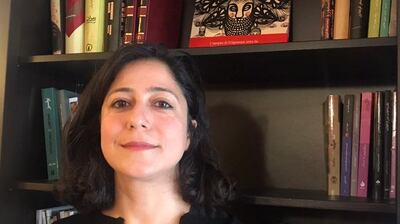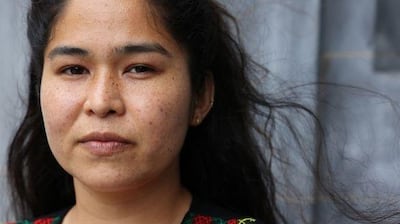Speculation is rife as to whether the Taliban's rule will be any different this time around; some ask whether this is Taliban 2.0. Their rapid return to power as a bookend to 20 years of US-led military presence in Afghanistan has left many still spinning.
Most immediately affected, of course, are the many women, human rights activists, journalists, academics and ethnic minorities who now fear for their lives. The obvious desire of large numbers of people to leave the country suggests that many Afghans expect the worst – a return to the dark days at the end of the 20th century.

The Taliban’s ideological foundation has not changed. The fears about immediate violations of women’s rights and minority rights, which are rooted in past historical experience, are unfortunately slowly being validated. In places, women have already been told not to return to university and that their jobs will be taken by men.
In addition, last week, Waheedullah Hashimi, reflecting the thinking of the current Taliban leadership, stipulated that ulema – Islamic scholars, who in this formation would inevitably be men – will be the ones to determine the future of women’s rights in Afghanistan under Islamic law.
This type of collusion of religion with politics is always worrying, but all the more so when it is deployed in the governance of a state. The Taliban are now again establishing control over Afghanistan and have taken down the flag of the Islamic Republic of Afghanistan in the capital, Kabul.
It is important to ask what the Taliban mean when they claim to speak in the name of Islam, or in accordance with Islamic law
In its place they have raised a flag representing what they are calling the Islamic Emirate of Afghanistan; this flag is white and black and bears only the Arabic script of the Shahada, the traditional profession of faith in Islam that there is no god but God, and that Muhammad is God’s messenger.

The use of the term “emirate” to describe the intended establishment of a new kind of state is telling. It refers back to forms of political governance in early Islam that suggest a particular understanding of civil power and control through the implementation of Shari’a law.
Islamic law
Given that there are different interpretations of Shari’a, it is important to ask what the Taliban mean when they claim to speak in the name of Islam, or in accordance with Islamic law. In the past, Taliban-interpreted Islamic law meant total curtailment of the right to education and the right to freedom of movement for women in Afghanistan.
Taliban-interpreted Islamic law decreed that women must wear a garment called a chadari (chador) or burka, which covered them from head to toe, banned girls from going to school, prohibited women from travelling, except when accompanied by a mahram (a male family member), and forbade women to work outside their homes; the ban on women working as teachers also had adverse effects on the education of girls and boys.
Women’s access to healthcare was dramatically limited under Taliban-interpreted Islamic law; women could be examined only by a male health worker in the presence of a male mahram. Women who did not comply with Taliban-interpreted Islamic law faced threats, harassment, beatings and death.
The fear of so many is that they will again seek to suppress conflict through the enforcement of a harsh version of Sunni Islamic law
In the past Taliban-interpreted Islamic law also sanctioned massacres of the Hazara Shia population, the destruction of the famous Buddhist statues at Bamyam , and forced the few Hindus residing in Kabul to wear identifying yellow patches.
When the Taliban coalesced as an Islamic militia movement amid the civil war in Afghanistan that followed Soviet withdrawal from the country in 1989, many of the early recruits into the movement were young Afghan refugees studying at Deobandi madrasahs (Islamic religious schools) in Pakistan.
Michael Semple, a scholar of the Afghan Taliban at Queen's University Belfast, has suggested that elements of Taliban organisational culture draw both from this madrasa culture as well as from a doctrinal basis.
Old Taliban
Perhaps some of the residual cliquishness of the madrasa culture will be burned away by the immediate needs of diplomacy and state-building. But even if the Taliban has changed somewhat organisationally – it is, of course, a very different world from when they first began to control much of Afghanistan at the end of the civil war in 1996 – doctrinally the Taliban still appears to be the old Taliban.
The message from the recent killing of protesters in the cities of Jalalabad and Asadabad is that the boys are back in town. And they look eerily like their fathers before them patrolling the streets. Just as in the post-civil war era, these Taliban say that after such an extended period of conflict they want peace.
The fear of so many is that they will again seek to suppress conflict through the enforcement of a harsh version of Sunni Islamic law, and many of the norms and customs of Pashtunwali, the Pashtun honour code. Whether that's a trade Afghans are willing to make almost seems like a moot question, because it appears like they don't even have a choice.









